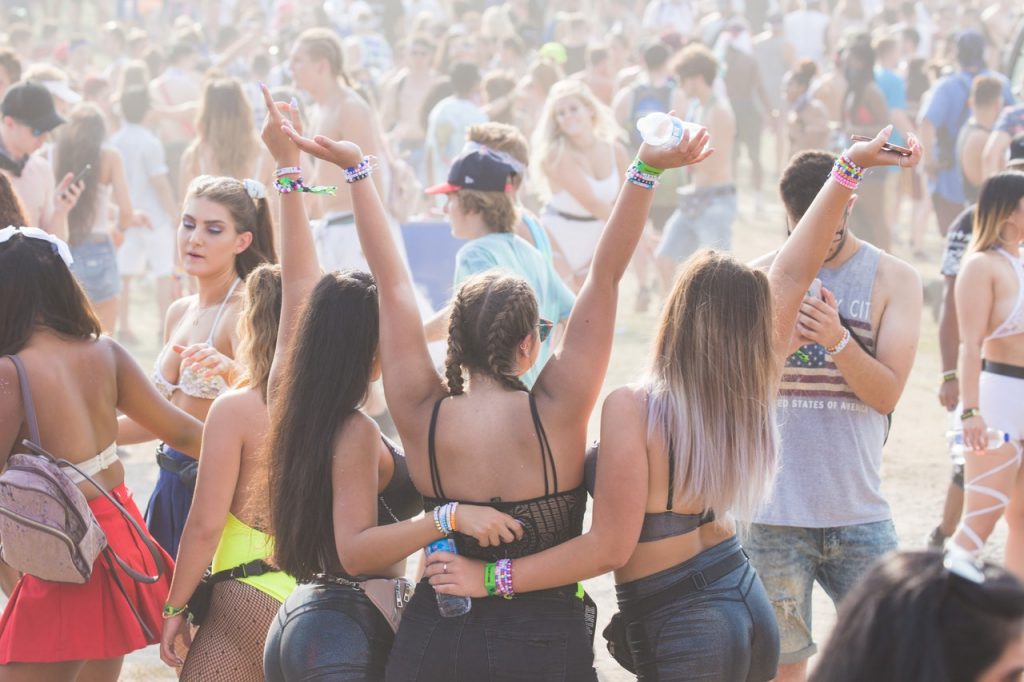What Are the 12 Steps of Addiction Recovery?
Addiction is a chronic mental condition that can be hard to overcome. Even after comprehensive addiction treatment, the risk of relapse is always present. Joining Alcoholics Anonymous or Narcotics Anonymous can help you better understand your addiction and find healthy ways to cope with it. The 12 steps can help individuals dealing with all types of substance abuse, including:
- Opioids
- Alcohol
- Marijuana
- Methamphetamine
- Cocaine
- Heroin
- Prescription painkillers
Understanding 12-Step Programs
The 12-step program is a set of guidelines for recovery from addiction. The steps were first formulated by the founders of Alcoholics Anonymous, Bill Wilson and Bob Smith, and have since been adapted for many other forms of addiction recovery, including Narcotics Anonymous, Cocaine Anonymous, and Marijuana Anonymous.

Bill Wilson and Bob wrote the book Alcoholics Anonymous (or The Big Book as it is commonly known), which outlines 12 sequential steps for addiction recovery.
The program involves admitting that you have a problem and cannot control your addiction and making amends for the harm you have caused. It also includes a commitment to attend AA meetings and to help other addicts.
The 12-step program is essential because it provides a roadmap for recovery. It helps addicts take responsibility for their addiction and to make positive changes in their lives. It also offers support and accountability, which are essential for long-term sobriety.
The 12 Steps of Addiction Recovery
The 12 steps of addiction recovery are:
1. We admitted we were powerless over alcohol – that our lives had become unmanageable.
Addiction is a chronic mental condition that can be hard to overcome. Even after a comprehensive treatment, the risk of relapse is always present. Step One aims to relabel the addiction as a disease rather than a character flaw. It is structured around the belief that one is "powerless" over their chronic illness.
Those who enter AA or NA acknowledge their inability to control their drinking and that their life has become unmanageable. Step One is often the stage of acceptance.
2. Came to believe that a power greater than ourselves could restore us to sanity.
While Step One acknowledges the lack of control, Step Two suggests that an external force can help. Some people interpret the "power greater than ourselves" as a higher power, such as a God or spiritual being. However, it does not necessarily need to be religious or spiritual. It can be karma, meditation, the universe, medical professional, etc.
Step Two allows individuals to gain faith in something bigger than themselves. And acceptance in Step One plays a vital role in opening one up to external help.

3. Made a decision to turn our will and our lives over to the care of God as we understood Him.
Step Three is an acknowledgment of one's willingness to surrender their will and life over to the care of a higher power. It provides individuals with a platform to admit they cannot do this alone. Religious people may find the concept of "God as we understood Him" helpful, while others may find other ideas more suitable. The main point of Step Three is to recognize that the power lies outside of yourself and that this power is essential for recovery.
4. Made a searching and fearless moral inventory of ourselves.
Step Four is all about self-reflection and introspection. It encourages individuals to take a critical look at their lives and examine how they have made decisions in the past and what led them down the path of addiction. Understanding one's triggers and making changes is essential to prevent future relapses. Step Four can be difficult as it forces one to confront their past and accept responsibility for their actions.
5. Admitted to God, to ourselves, and to another human being the exact nature of our wrongs.
Step Five is the stage of confession, where individuals must admit to themselves, God, and another human being the exact nature of their wrongs. This can be a difficult step as it involves confronting and addressing the harm they have caused. But the step helps individuals to learn to take responsibility for their actions and make amends for the damage they have caused.
6. Were entirely ready to have God remove all these defects of character.
Step Six is a preparation step, where individuals must make themselves entirely ready to have their higher power remove all their character defects. This involves letting go of the negative traits that have kept them stuck in addiction and mental discomfort. It requires faith and trust in the higher power, as it involves surrendering one's ego and allowing a power greater than themselves to make one ready for recovery.
7. Humbly asked Him to remove our shortcomings.
Step Seven is an act of humility, where individuals ask their higher power to remove their shortcomings and defects of character. This step requires honesty and courage to admit out loud one's willingness to be changed and molded into a better version of themselves.

8. Made a list of all persons we had harmed and became willing to make amends to them all.
Step Eight is the stage of accountability, where individuals must list those they have harmed and become willing to make amends to them all. It's essential for taking responsibility and restoring relationships damaged due to addiction. It allows individuals to mend broken bridges and create a better life.
9. Made direct amends to such people wherever possible, except when to do so would injure them or others.
Step Nine is the stage of action, where individuals make direct amends to those they have harmed whenever possible. This step requires individuals to take responsibility for their actions and reach out to the people they have hurt. It is a decisive step in healing relationships and restoring trust between individuals.
10. Continued to take personal inventory and, when we were wrong, promptly admitted it.
Step Ten is the stage of continuous self-reflection, where individuals must continue to take personal inventory and admit when they are wrong. This step emphasizes that recovery should be lifelong, requiring people to stay vigilant and hold themselves accountable for their actions. It helps ensure individuals do not slip back into old habits or behaviors that could lead them to addiction again.
11. Sought through prayer and meditation to improve our conscious contact with God as we understood Him, praying only for knowledge of His will for us and the power to carry that out
Step Eleven is about deepening one's connection and relationship with their higher power. It encourages individuals to seek knowledge of their higher power's will through prayer and meditation and to ask for the ability to carry out that will. This step helps individuals maintain strong faith in their higher power and stay committed to recovery.

12. Having had a spiritual awakening as the result of these steps, we tried to carry this message to alcoholics and practice these principles in all our affairs.
Step Twelve is the culmination of all the previous steps, as it marks the point where individuals have had a spiritual awakening due to working through the Twelve Steps. This step encourages individuals to spread their newfound knowledge and wisdom to other alcoholics to help them recover. It also emphasizes that principles from the Twelve Steps should be applied to all facets of their life.
The Twelve Steps provide individuals with the necessary structure, guidance, and encouragement for recovery from addiction. Each step is an essential milestone to sobriety, helping individuals progress towards a healthier and happier lifestyle.
By working through each step one at a time, individuals can develop the strength and courage to make lasting changes. As individuals progress through the Twelve Steps, they will find that their relationship with themselves and others improves significantly. Ultimately, the Twelve Steps offer a roadmap for recovery, empowering individuals to take control of their life and create a brighter future.
Finding Treatment Programs
There are many 12-step programs available to help individuals make a successful recovery. At More Than Rehab, we can connect you to one that matches your needs. We can also connect you to other support groups and resources to help you stay on track with your recovery. Contact us today to learn more and start your journey toward sobriety.






